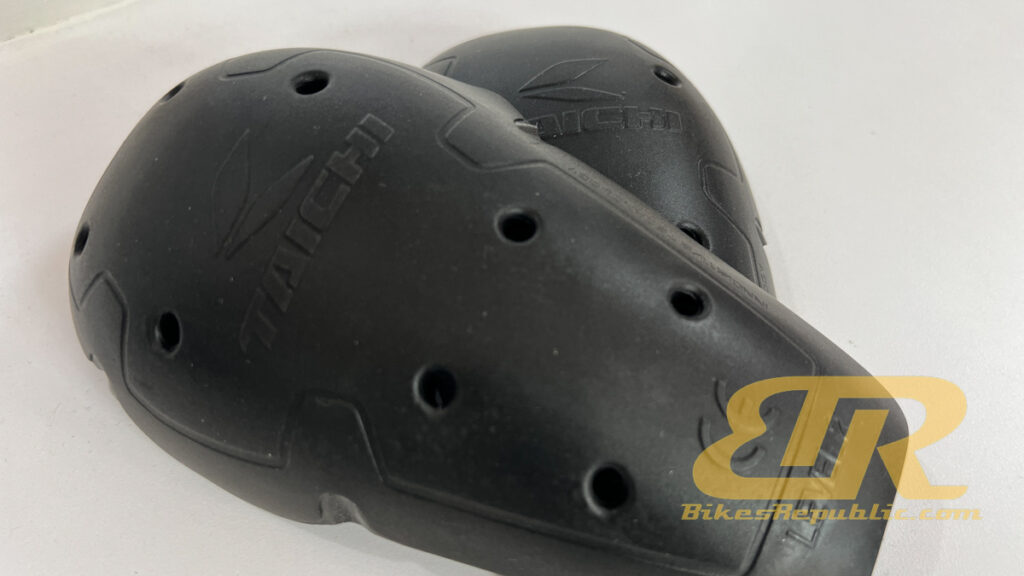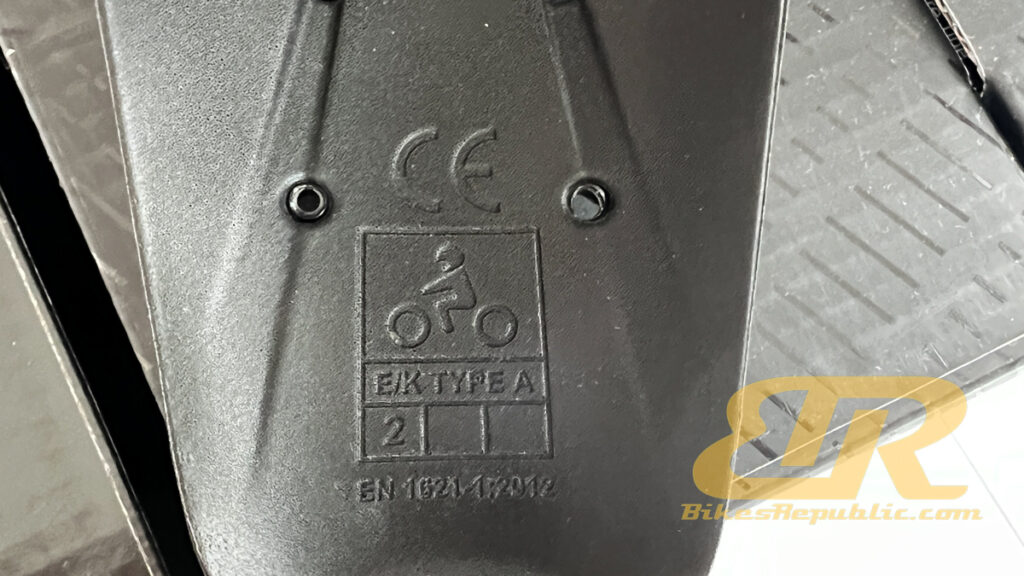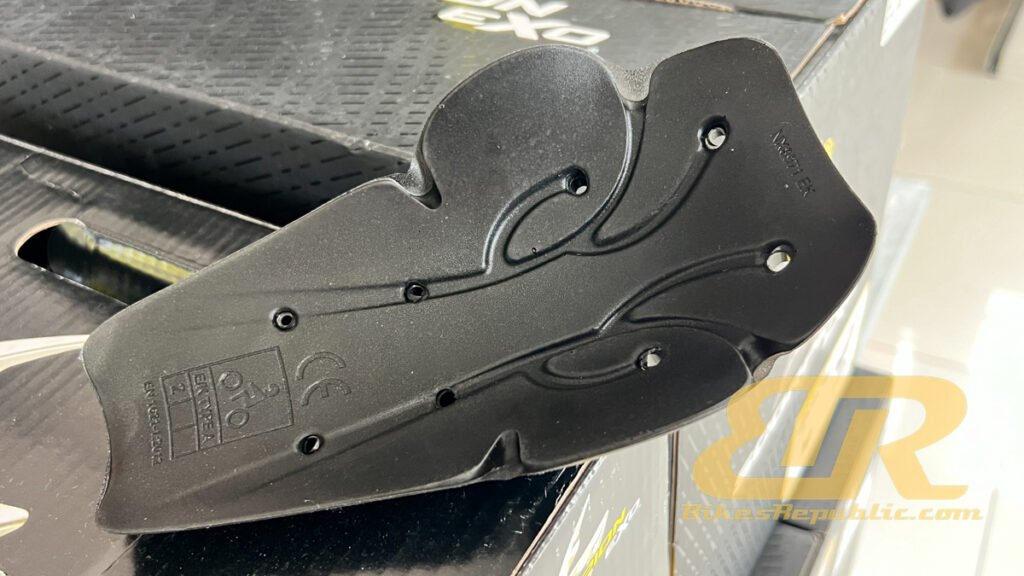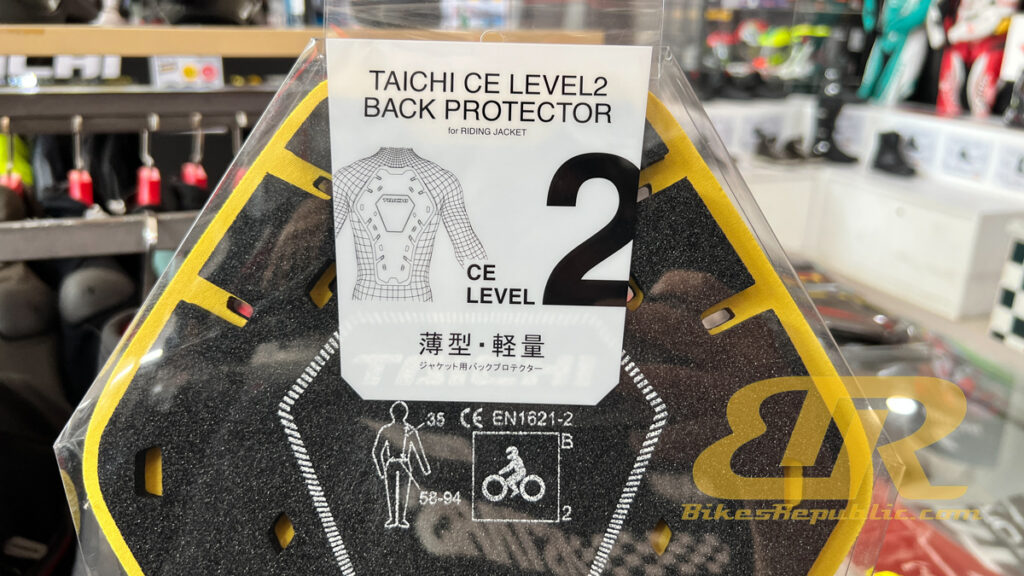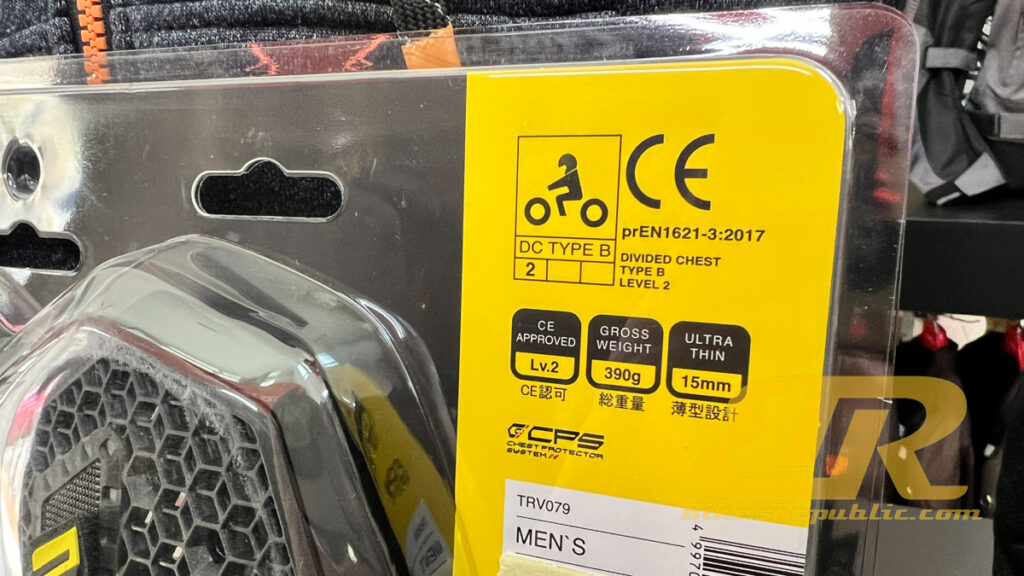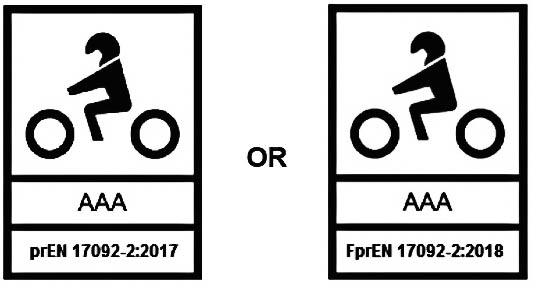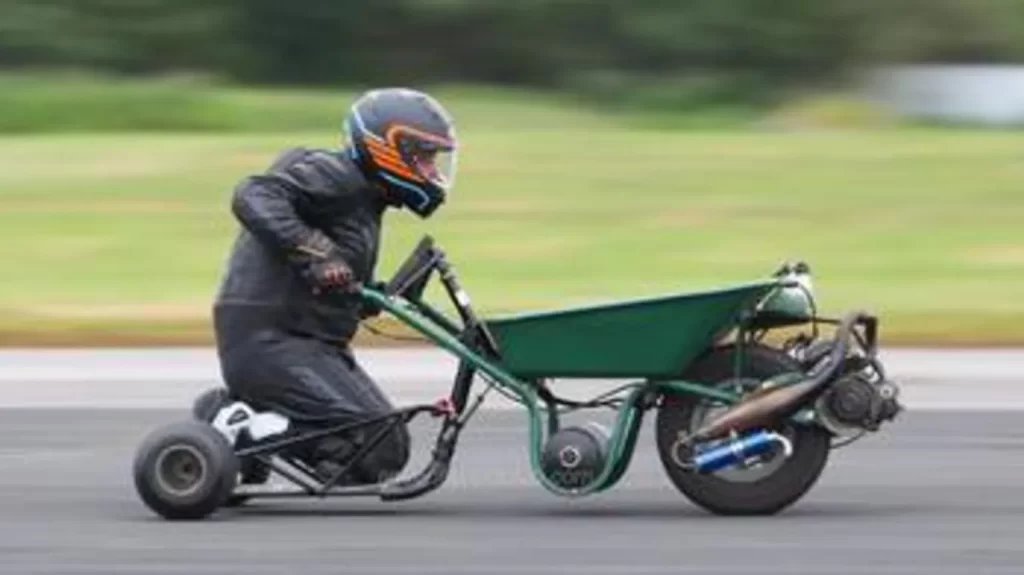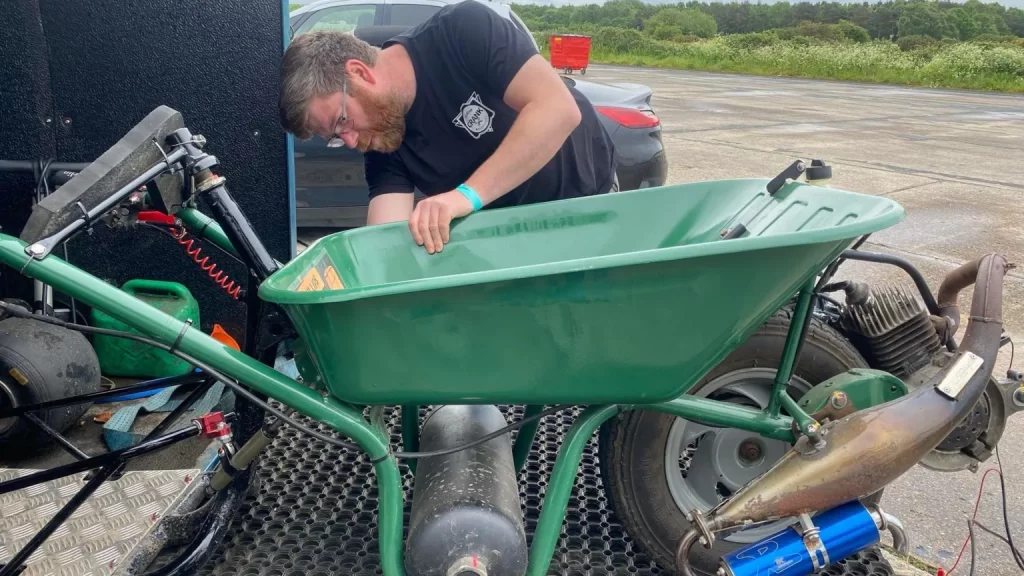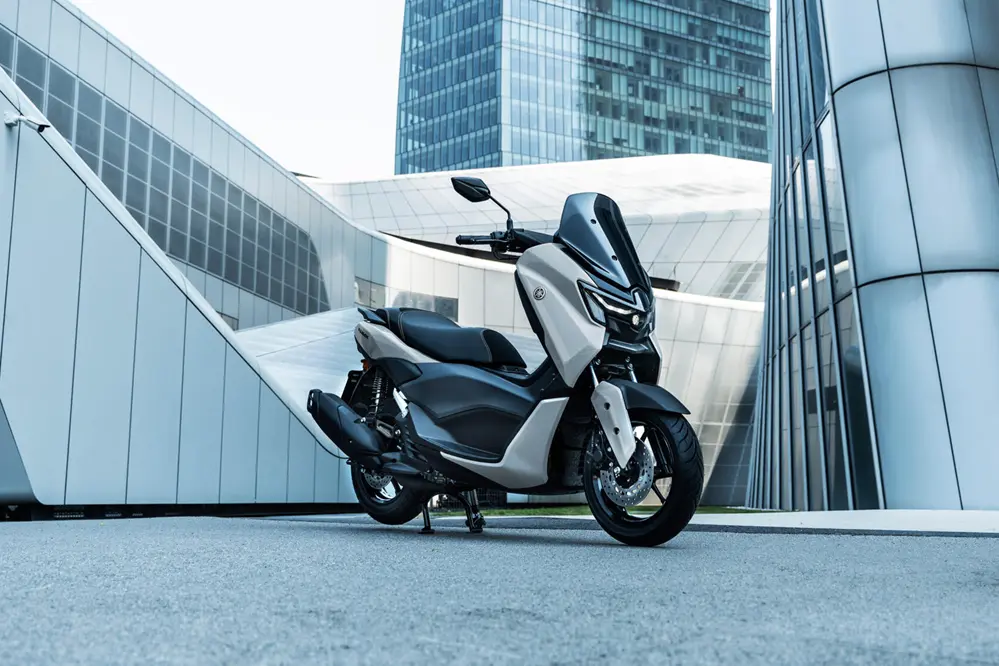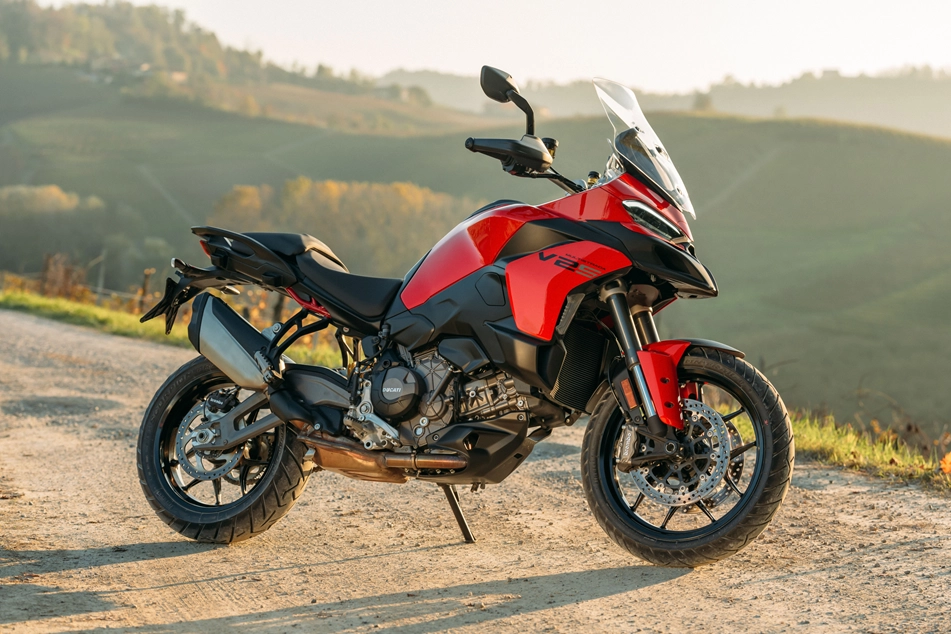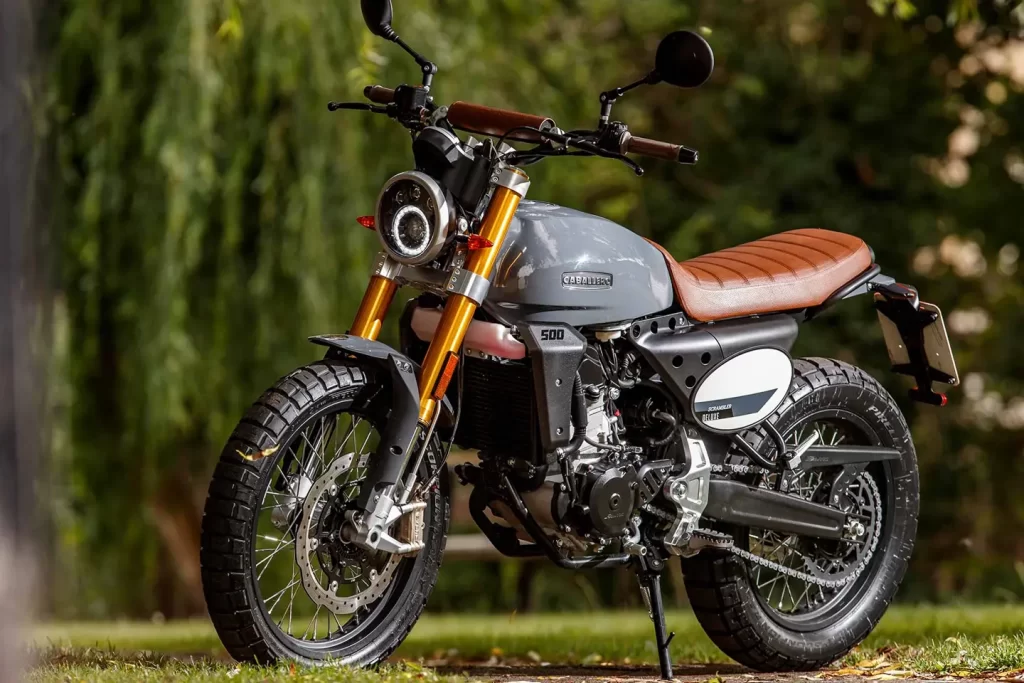The advent of the Bluetooth communicator following the advancement in smartphone technology has added much to the enjoyment of riding.
But it also prompted motorcycle manufacturers to adopt it and create a new feature on their motorcycles. The communications or media suites of certain bikes connect to the user’s smartphone to stream music, make outgoing and receive incoming phone calls, and even provide turn-by-turn navigation via their instrument cluster (LCD or TFT screen) and to a Bluetooth communicator.
Several helmet manufacturers have also designed their helmets to fit such device.
So now, the communicator is no longer a luxury item, instead it is a necessity for motorcycle riders. I will honestly say that I was against using the device when it first appeared on the market. Now, I never ride anywhere without one.
Here are several benefits of using the device.
1. Communication between rider and pillion

This is the obvious place to start. Please allow me to recount an experience.
My missus and I were riding to Penang. As we reached Sungai Perak, she called out to me by pointing ahead. I thought she was pointing at the river, so I turned around and said, “Yeah, nice river.” Then she said something which very muffled in the helmet. I couldn’t hear her. Passing the bridge, she began tapping my vigorously so I pulled to the side of the road. It was then when she yelled, “I WANTED TO GO TO THE BATHROOM!”
Needless to say it escalated from there. Me being blamed for not paying attention, that why was she fated to have a hearing-challenged husband, yada, yada, yada.
But it all changed when we installed Bluetooth communicators in our helmets. No more miscommunication, no more yelling into the wind, no more fighting.
This is also why more and more advanced riding schools are using such device as it provides clear communications between the instructor and students.
2. Safety
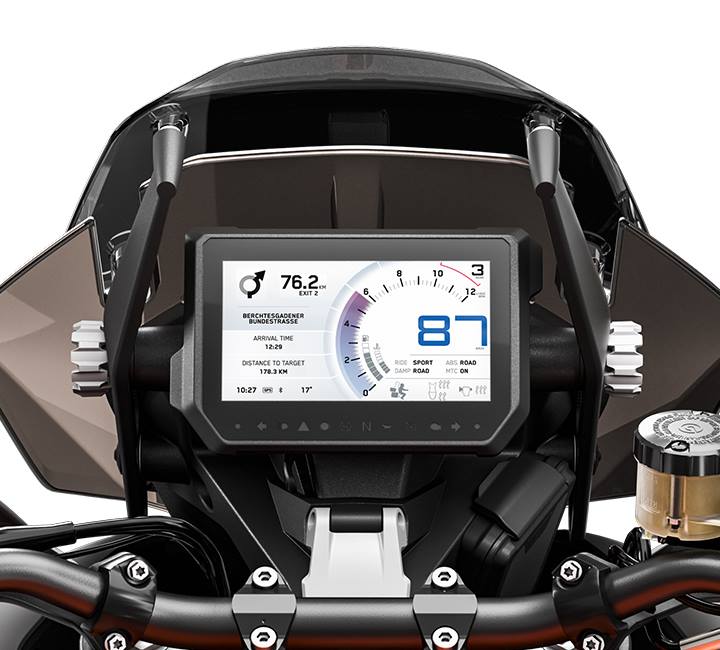
Whether you are using Waze, Google Maps, Petal, or any other navigation app, it sometimes warns you – audibly – of upcoming hazards that other nice motorists keyed in. You can hear this warning when you are driving, but you cannot do so when you are riding your motorcycle – unless you connected your phone or TFT to a Bluetooth communicator.
These voice prompts also prepare you the distance to the next turn or destination. As such, you do not have to keep down at the phone or screen.
Also, using a communicator, especially one which lets you issue voice commands via your phone’s Siri or Google Assistant, or through its built-in voice command feature, keeps you eyes on the road and hands on the handlebar.
3. Staying awake and alert
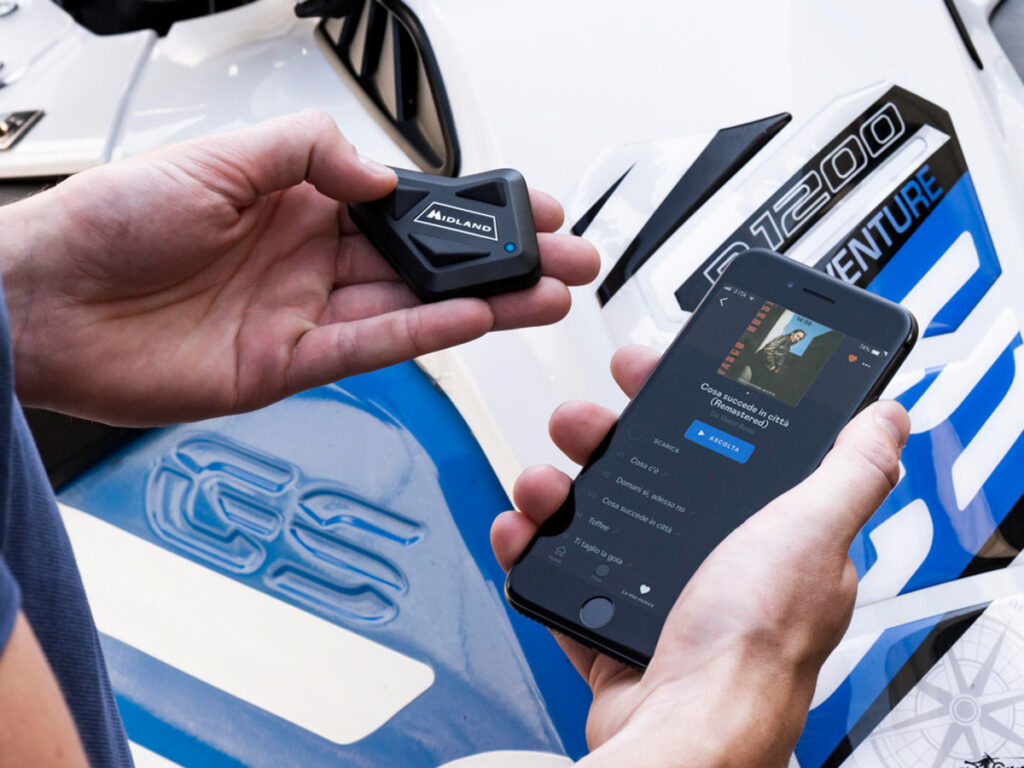
Droning for kilometre after kilometre on the highway while being baked by the sun will turn you brain off very soon, even if you are riding on an intercity highway. So, stream some of your favourite songs or listening to a radio station breaks the monotony.
However, we advise you to consciously switch between mental modes on where you are riding and traffic conditions, when you have the communicator on. For example, you can sing along to a song on the open highway, but push the music in the background and focus on riding when you are in populated areas or difficult conditions i.e. the city, kampungs, in the rain, etc.
4. Group dynamics and safety
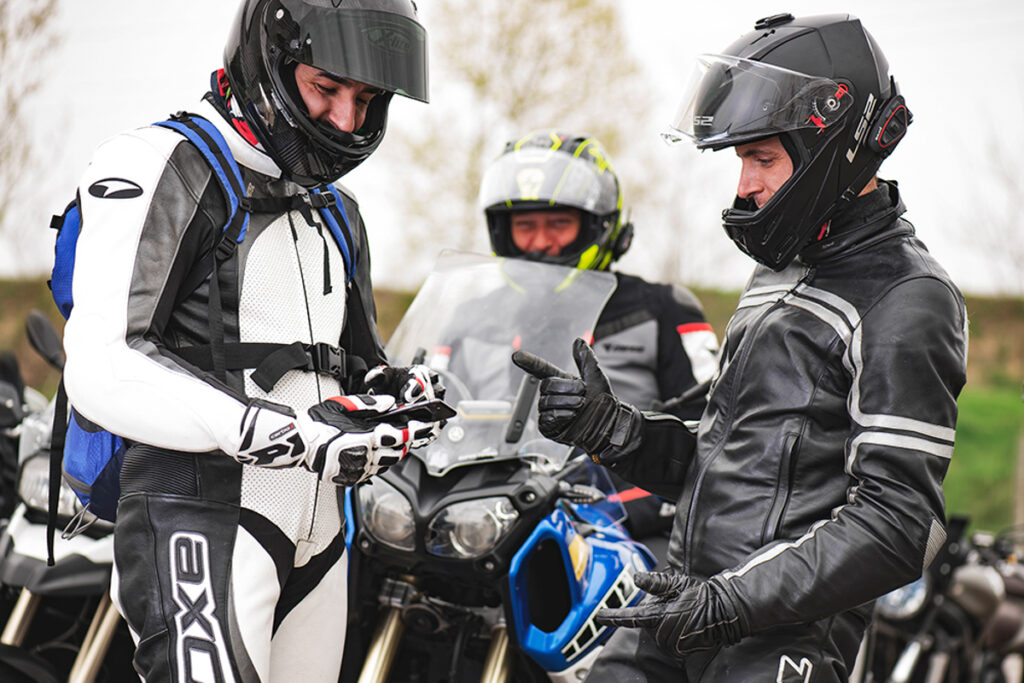
It is especially helpful for every participant or at least among the key individuals such as marshals in a convoy to have a communicator. Hand signals are sometimes not enough, or some individuals in the middle of the convoy are lazy to convey them from the convoy’s leader.
Or in the situation of being separated, which always happens. The separated groups will find it difficult to reach each other as one group may be riding while the other group is trying to call. This will, without a doubt, lead to some sour faces.
5. Never miss a call

While this was not why I got a communicator in the first place, hence placing it last on the list. However, I do appreciate the fact that I can receive important calls while I am riding.









